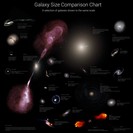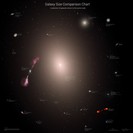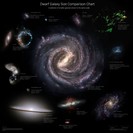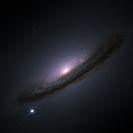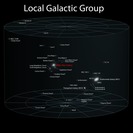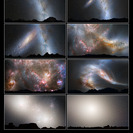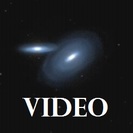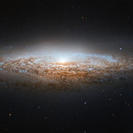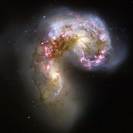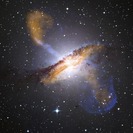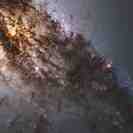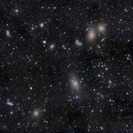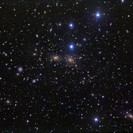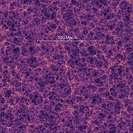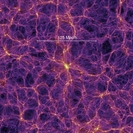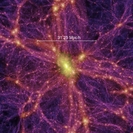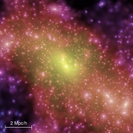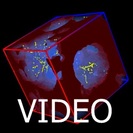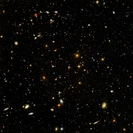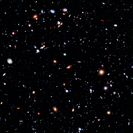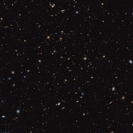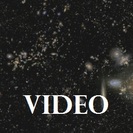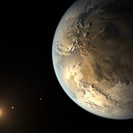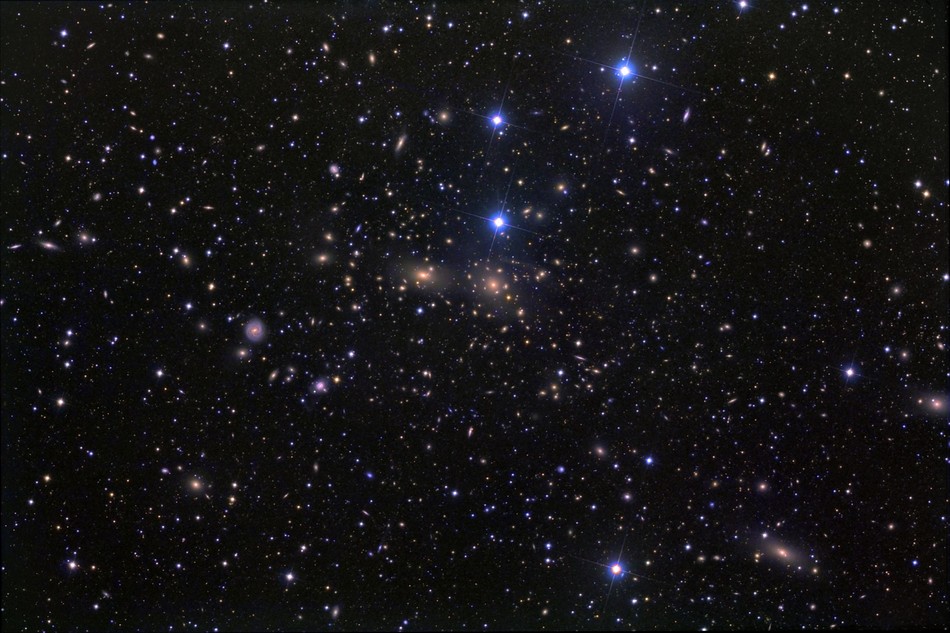This cluster, also known as Abell 1656 is more than 300 million light years distant. On a cosmic scale this is still very close, but we wouldn't call it our direct neighbourhood any more. The entire galaxy cluster is a sphere of more or less 20 million light years in diameter.
Almost every object in this image is a galaxy. In the central area of the cluster most galaxies are already elliptical galaxies; further out we also find spiral galaxies where you can observe star formation. The elliptical galaxies mostly contain old stars; that's why their colour is a mixture of yellow, red and orange. The Coma cluster contains a total of more than 10000 galaxies of which more than 1000 are big galaxies (half the size of the Milky Way or bigger).

